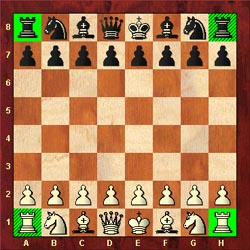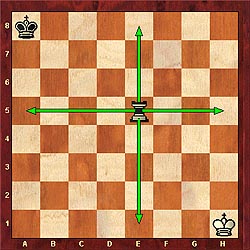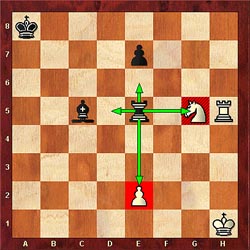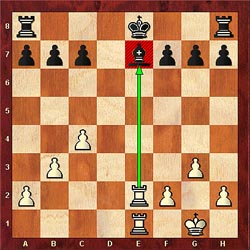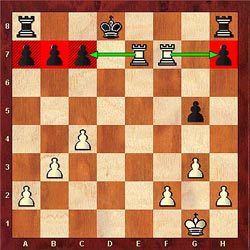|
Best positioning of Rook
The rook belongs on open files and ranks for swift movement. Rooks are best placed toward the center of the board because the central files usually open up very quickly. In addition, it is good to have rooks "doubled" on the same file or rank to strengthen the attacking power. In Diagram #3, the two rooks have a powerful attack along the e-file. In Diagram #4, these same rooks have reached a "dream position" and are now doubled along the 7th rank threatening to capture all of the black pawns. Incidentally, there is something called a "super-Rook," but let's hope you never need one. More on that later.
|
|
